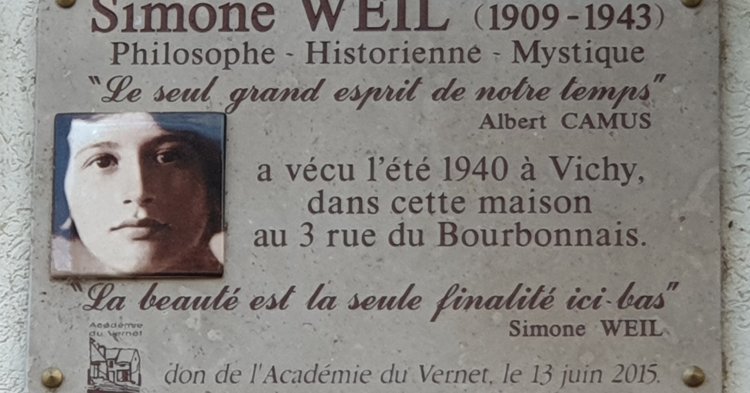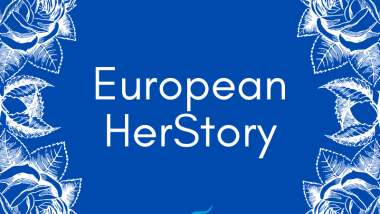Born to an assimilated Jewish family in Paris in 1909, Simone Weil would live, and die, in solidarity with those who were suffering. A philosopher by training, her thought crossed many traditional boundaries. Yet she was no ivory-tower intellectual: in fact, her most penetrating insights were the product of time spent in factories, farms, and battlefields. In 1936, her militant social activism led her briefly to Spain, where she joined the anarchist Durutti Column in Zaragoza. In 1937, after a visit to Italy, Weil’s life was shaken by several mystical experiences, and she eventually converted to Christianity.
Weil was exceptionally precocious even at an early age, becoming proficient in ancient Greek by the time she was 12, and teaching herself Sanskrit shortly thereafter. Later, she would join the École normale superieure, finishing in first place in her “Logic and Philosophy” examinations, ahead of Simone de Beauvoir. Although she held communist sympathies, she often disagreed with Leon Trotsky, and was considered one of the few individuals who could stand up to him in a debate. Scruffy, uncompromising, and fiercely independent, Weil eschewed the Church, political parties, and all romantic and sexual relationships, earning herself the nickname “The Martian”.
When World War II broke out, she fled to the United Kingdom, where she continued to work with the French Resistance to undermine Nazi rule in Europe. However, she refused to eat any more than the appointed ration for those living in occupied France. Sped on by malnutrition and overwork, her health rapidly deteriorated, and she died of tuberculosis in 1946. Weil would later become the model for Albert Camus’s homme révolté, and is widely remembered in France and elsewhere as one of the most important intellectual figures of the 20th century.


Follow the comments: |
|
